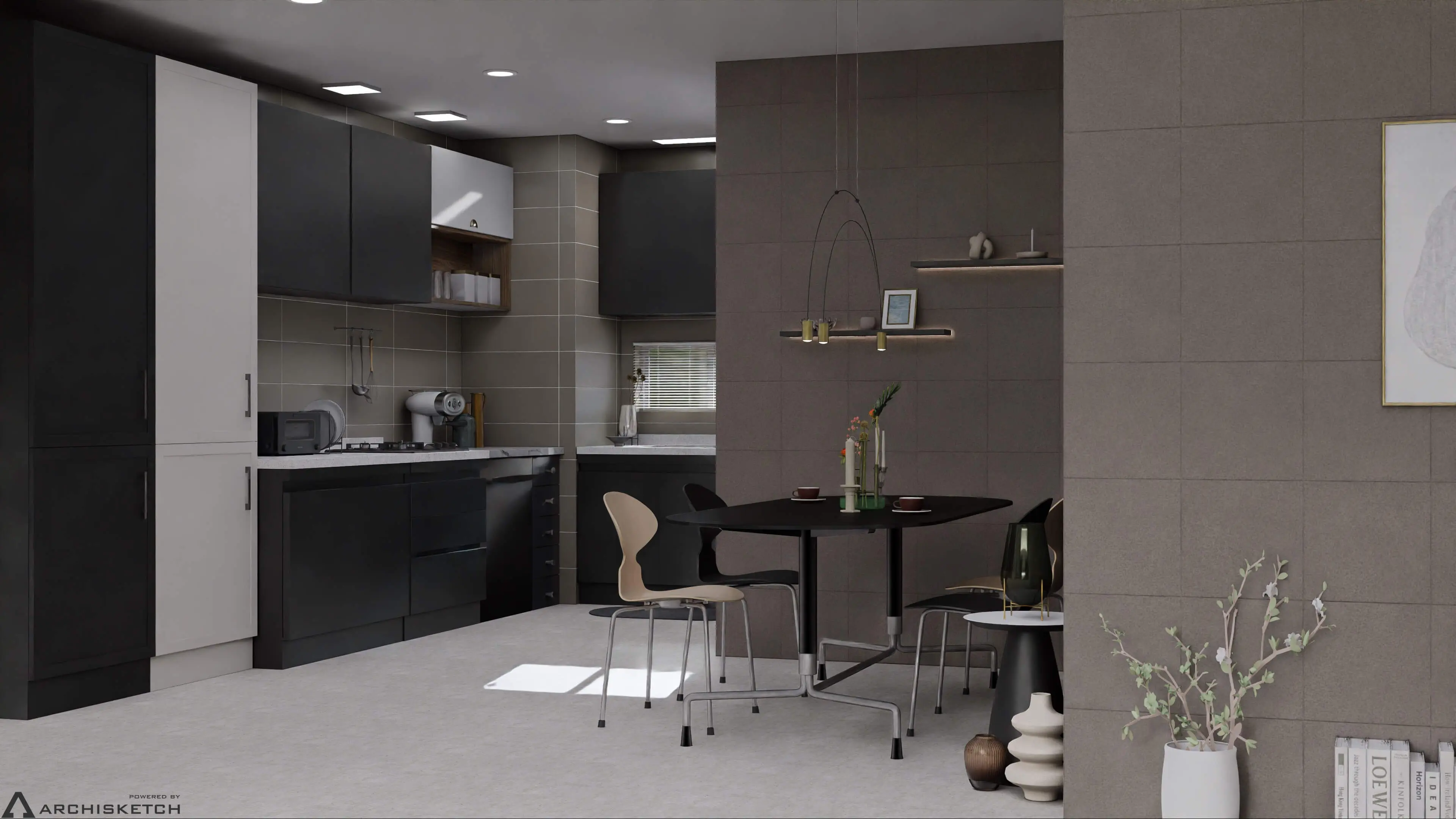인사이트
가구 영업, 이렇게 하면 성과가 높아집니다
by Archisketch

Hello, this is Archisketch.
Through meetings with various furniture companies, we've realized that even well-crafted furniture can face challenges in sales. One small furniture business owner shared with us:
"We're spending over ₩1 million monthly on ads, but customer inquiries are scarce. Foot traffic to our offline store is decreasing, and I'm unsure where things are going wrong."
This owner was actively running a blog and utilizing Naver keyword ads with specific terms like "solid wood furniture" and "handmade furniture." However, the ads were underperforming, and the blog mainly showcased furniture photos without engaging content.
The core issue was the uncertainty about generating sales in highly competitive channels—a challenge many furniture brands face.
Today, we want to share effective furniture sales strategies we've discovered through collaborations with furniture brands. We hope this provides practical assistance to those in the furniture industry who find marketing and sales daunting.
Strategy 1: Utilize User-Generated Content (UGC) in Sales
According to the Medill Spiegel Research Center (SRC), products with customer reviews see conversion rates increase by 190% for low-priced items and up to 380% for high-priced items. Showcasing how other customers use the product can be more persuasive than a salesperson highlighting its features.
We recommend the following sales strategies:
Create Detailed Review Content for Each Product: Identify popular furniture pieces in your showroom and compile detailed user reviews. Sharing one-month usage experiences or real-life images of furniture in customers' homes can significantly increase purchase likelihood.
Build UGC Pages for Each Product: Similar to Today’s House, gather interior content created by customers in one place. Displaying UGC can effectively demonstrate how the furniture can be utilized.

Strategy 2: Re-engage Interested Customers Who Didn't Purchase
In furniture sales, it's disheartening when interested customers leave without making a purchase. However, focusing on these customers can effectively boost results.
Use CRM to re-engage these potential customers. For instance, if a customer inquired about a desk but didn't buy, send a personalized discount offer through CRM messages. Personalized follow-up messages can significantly increase conversion rates. 👉 Learn how to use CRM for furniture sales
Strategy 3: Analyze Customer Purchase Journeys and Utilize Various Sales Channels
Today’s customers don't rely on a single channel for purchasing decisions. They explore various channels before making a purchase.

Typically, customers visit offline showrooms or online stores, search for product reviews on Google, compare prices and reviews on platforms, and finally simulate furniture placement in their homes.
Visit offline showroom or online store
Check product reviews via Naver/Google search
Compare prices and reviews on platforms like Smart Store, 29CM
Simulate furniture placement to see if it fits their home
While platforms are trusted for purchases, entering them isn't always easy. Relying on platforms can lead to high commission fees, and additional advertising and review efforts are needed to drive sales within the platform.
Therefore, we suggest furniture companies not on platforms consider listing their products in furniture placement simulations. These simulations are less competitive than platforms, and customers considering furniture purchases often use them to visualize placement—a growing trend. There are approximately 1,900 monthly searches for this.

Archisketch analyzed the usage of furniture placement simulations over a month:
230,000 users utilized the simulation in a month
6,000 users simulated furniture placement with various brands
3,000 users clicked the 'Purchase' button after simulation (50% conversion)
Analyzing Today’s House Data Using Archisketch Furniture Placement Simulation
As of August 2024, analyzing 100 users who used the 3D simulation for a month revealed that 52 users purchased furniture from Today’s House after using the simulation. Over half proceeded to purchase after simulation.
Insights from Customers Using 3D Interior at Today’s House:
Primarily Purchased Key Furniture:
Most purchases were essential furniture like lighting, storage units, beds, and kitchen furniture that define the home's atmosphere.Interesting Purchase Timing ⏰:
Most customers purchased within 1-2 months after simulation, indicating that trying out placement often leads to actual purchases.More Purchases Occurred on the Web:
52% of purchases were made on the Today’s House website, suggesting that customers prefer viewing large furniture on bigger screens before buying.
💡 Conclusion: Trying Placement Increases Purchase Desire!
Users who experienced 3D simulations clearly showed a trend of purchasing more and faster.
Summary of 3 Strategies to Enhance Furniture Sales Performance
Utilize customer-created spaces and one-month usage reviews during sales.
Re-engage interested customers who didn't purchase through CRM.
Leverage various sales channels based on the customer’s purchase journey, from comparison to virtual placement.
If you're already engaging in marketing activities like managing your online store, blog reviews, and platform entries, you might not have considered promoting through furniture placement simulations.
Brands like Duoback, Fursys, and InnoMessa have already listed their products in these simulations because approximately 50% of consumers proceed to purchase after trying placements.
Curious about this tool that leads to 50% purchase conversion?
🔗 Try the 3D Interior Design Tool for Free: Sign up for a free membership and click [Start 3D Interior]
🔗 Request a 1:1 Consultation with a Sales Expert: Select "Furniture Library Listing" as the purpose when inquiring.
Archisketch
Fast, Easy, Reliable
share this post



